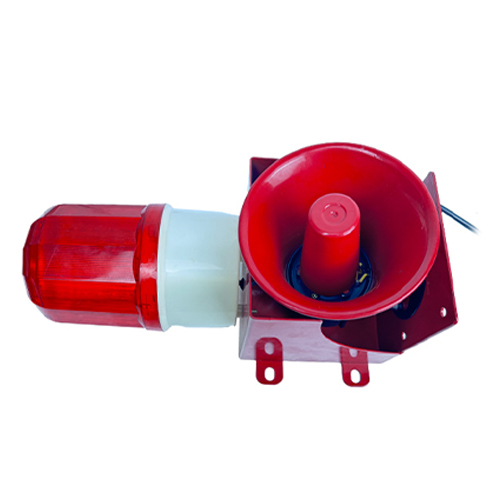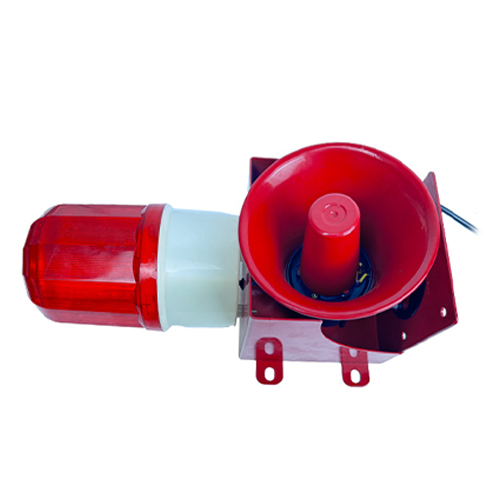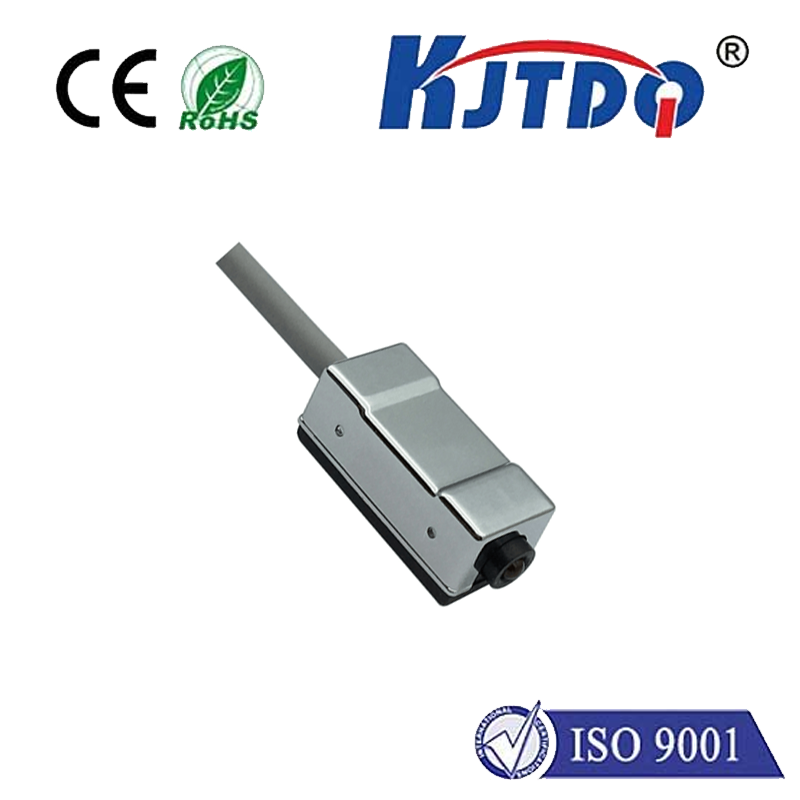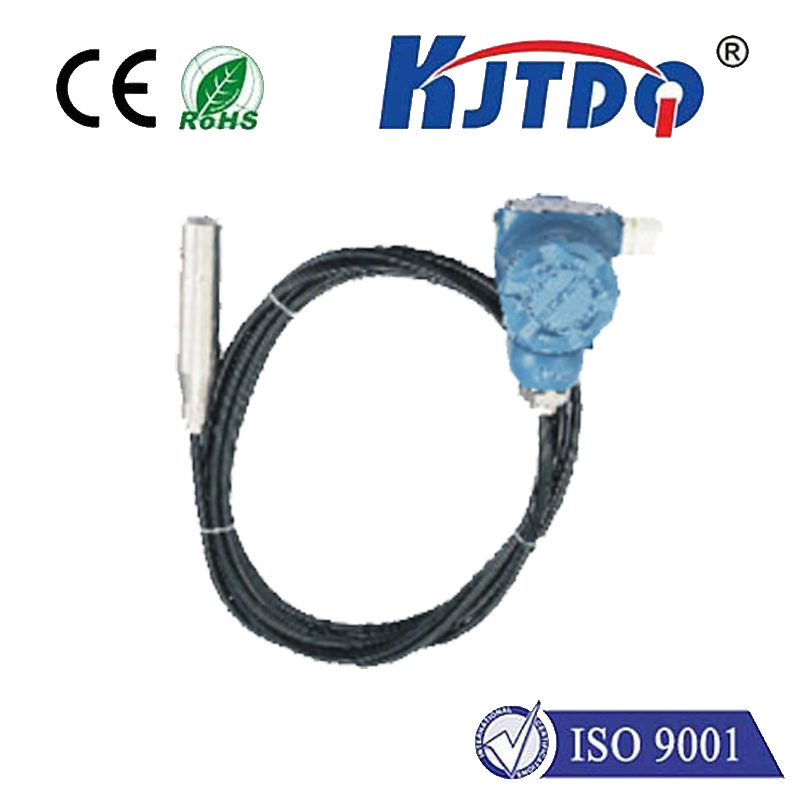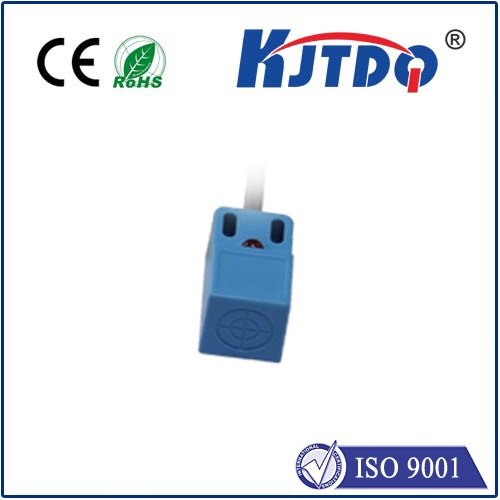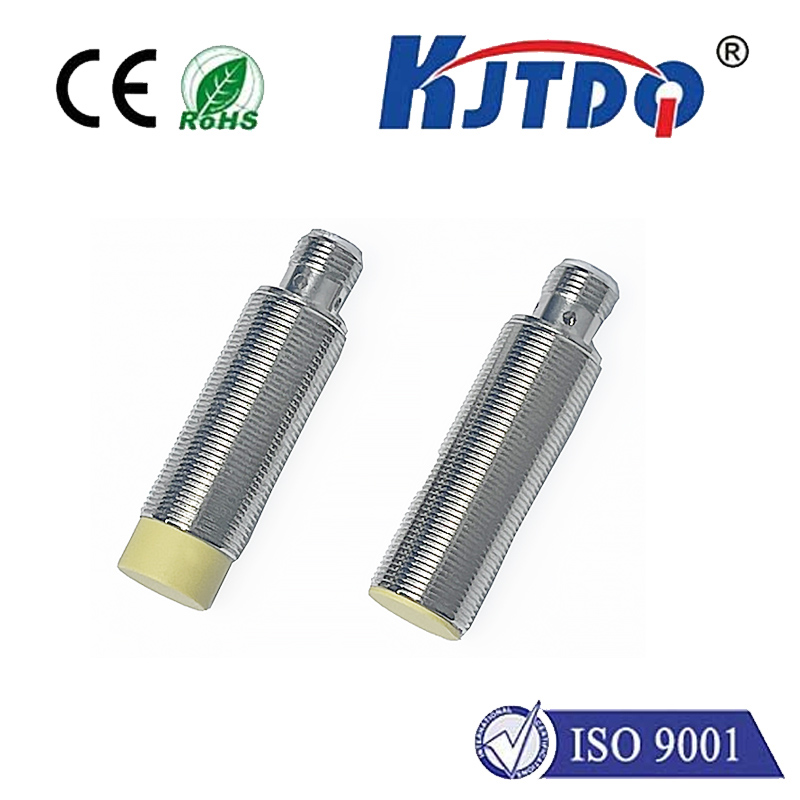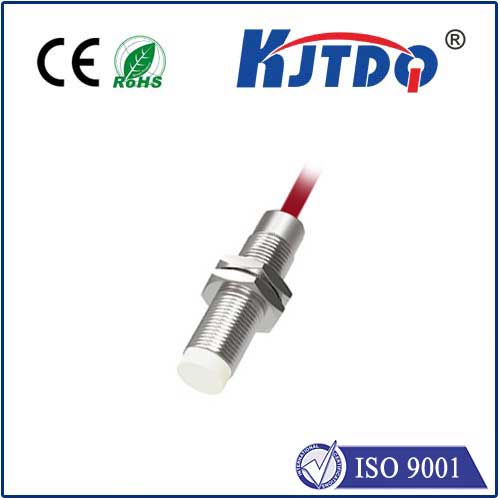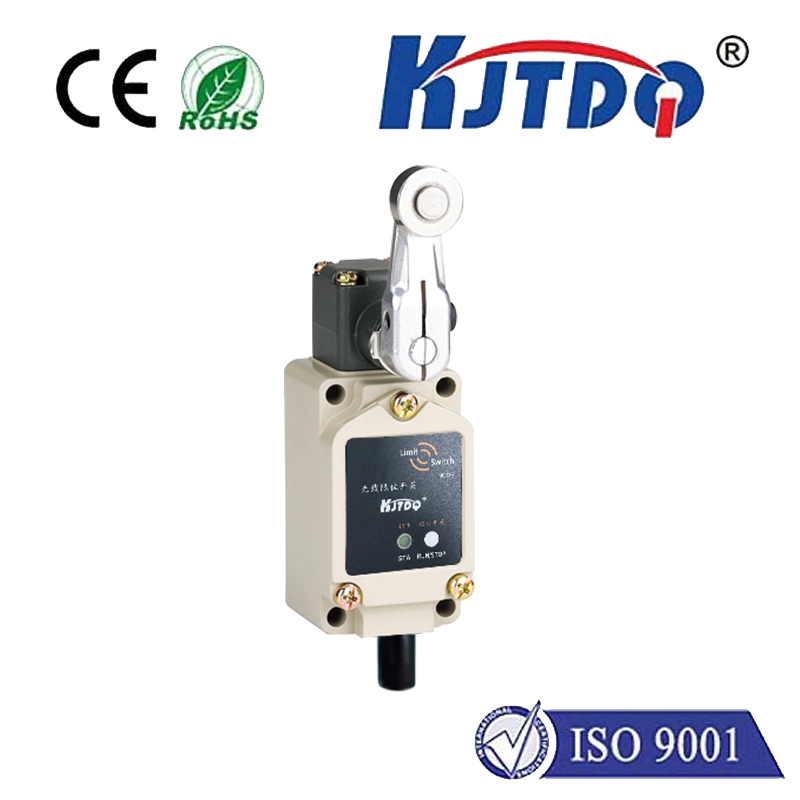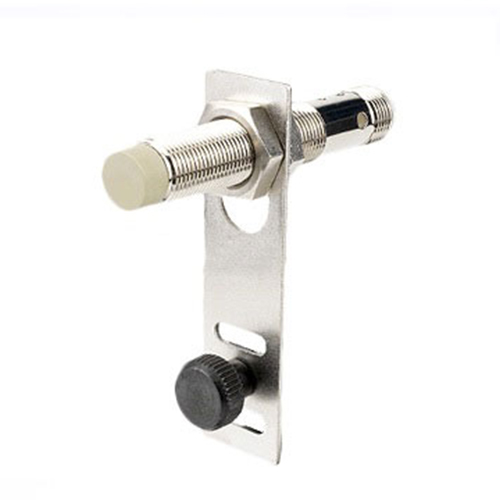

check

check

check

check

check

check

check

check

check

check
Title: Exploring the Wonders of 12V DC Limit Switches: A Comprehensive Guide
Introduction:
In the world of automation and control systems, limit switches are crucial components that help to ensure the safe and efficient operation of various electrical appliances and systems. Among the various types of limit switches available in the market today, 12V DC limit switches stand out due to their unique features and applications. This article aims to explore the wonders of 12V DC limit switches, including their working principle, types, advantages, and limitations.
Section 1: Working Principles of 12V DC Limit Switches
A limit switch is a device that is designed to sense the motion or position of an object and initiate an actuator (such as a motor or valve) to stop or reverse its motion. In the case of 12V DC limit switches, they work on the principle of electromagnetic induction, where a rotating magnetic field creates an electrical current in a coil. The current flowing through the coil generates a magnetic field that interacts with the permanent magnet attached to the switch's armature. When the armature comes into contact with the switch's opening, it opens the circuit, allowing power to flow through it. This action triggers an actuator to stop or reverse the movement of the switch's armature, thereby completing the switching process.
Section 2: Types of 12V DC Limit Switches
There are several types of 12V DC limit switches available in the market, each with its unique properties and applications. Some of the common types include:
a) Contact Mechanism Limit Switches: These are simple mechanical devices that consist of a moving armature and a stationary contactor. When the armature comes into contact with the contactor, it closes the circuit and activates an actuator.
b) Photoelectric Limit Switches: These are advanced mechanical devices that use a photoelectric sensor to detect the presence or absence of an object. When an object comes into contact with the sensor, it sends a signal to an electromechanical controller, which then activates an actuator.
c) Relay-operated Limit Switches: These are complex electronic devices that use a relay to switch between two electrical circuits. When the armature of a limit switch comes into contact with its opening, it causes the relay to open one of the circuits, activating an actuator.
d) Solenoid-operated Limit Switches: Similar to relay-operated limit switches, these use solenoids to switch between electrical circuits. The difference lies in the type of actuator used; some solenoid-operated limit switches use pneumatic actuators while others use hydraulic or electric actuators.
Section 3: Advantages and Limitations of 12V DC Limit Switches
Despite their many benefits, 12V DC limit switches also have certain limitations that should be considered before selecting them for a particular application. Some of these include:
a) Limited Range: Depending on the type of limit switch used, its range may be limited by factors such as rotation angle, armature speed, and sensor sensitivity. This can result in false switching or inadequate protection against overcurrent or overloading.
b) High Power Consumption: Some types of limit switches require significant amounts of power to operate, which can increase energy consumption and increase costs over time.
c) Intermittent Operation: Due to factors such as mechanical wear and interference, contact mechanism limit switches may not always operate reliably. Similarly, photoelectric limit switches may experience intermittent operation due to sensor malfunctions or lighting conditions.
d) Maintenance Requirements: All types of limit switches require periodic maintenance to ensure proper operation and longevity. This includes cleaning and lubrication of moving parts, replacing worn-out contacts or sensors, and testing electrical components for faults.
Conclusion:
In conclusion, 12V DC limit switches are powerful and versatile tools that play a crucial role in ensuring the safe and efficient operation of various electrical appliances and systems. By understanding their working principles, types, advantages, and limitations, engineers and technicians can make informed decisions when selecting and deploying these devices for their particular needs. As technology continues to evolve, it is likely that new types and designs of 12V DC limit switches will emerge, further enhancing their usefulness and effectiveness in diverse applications.
